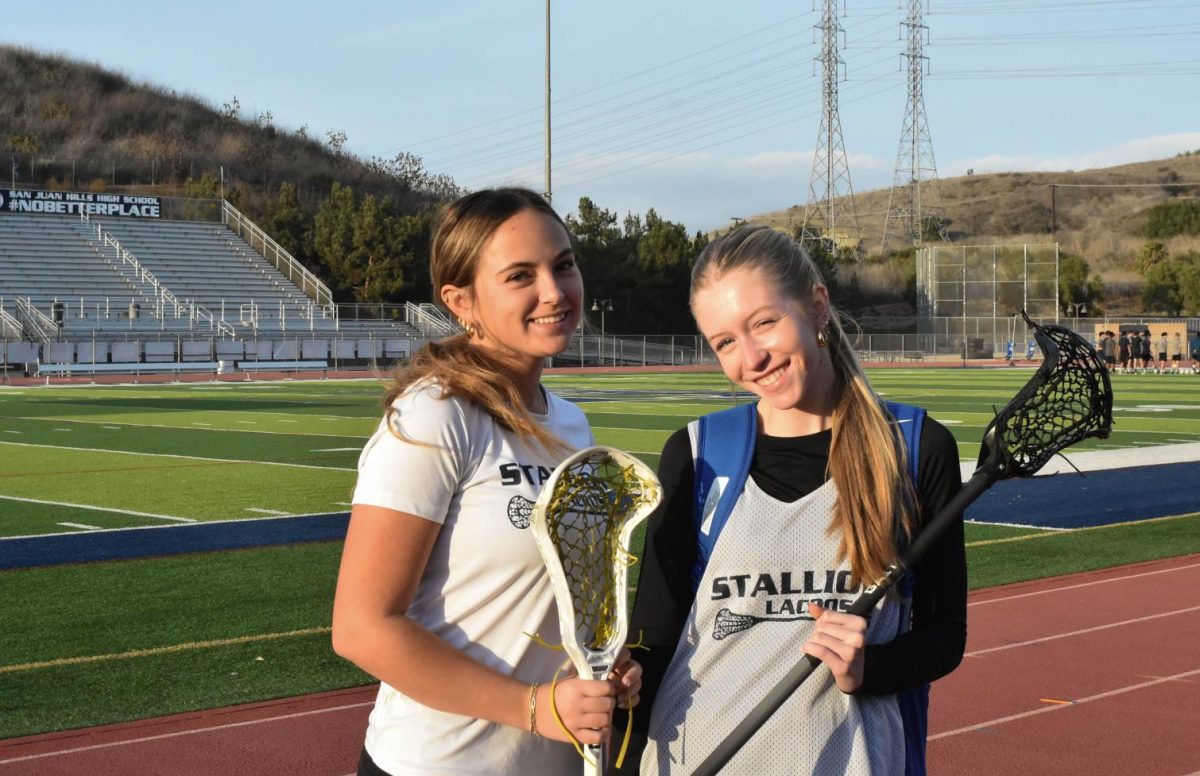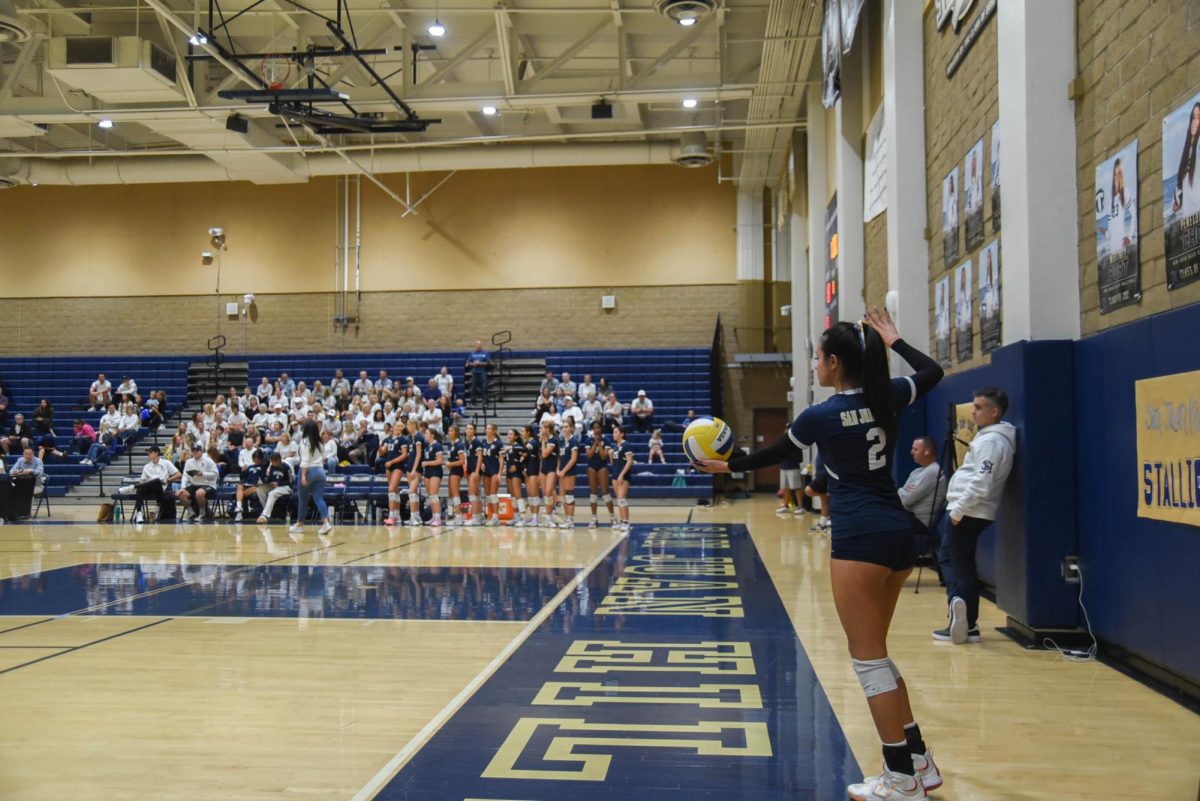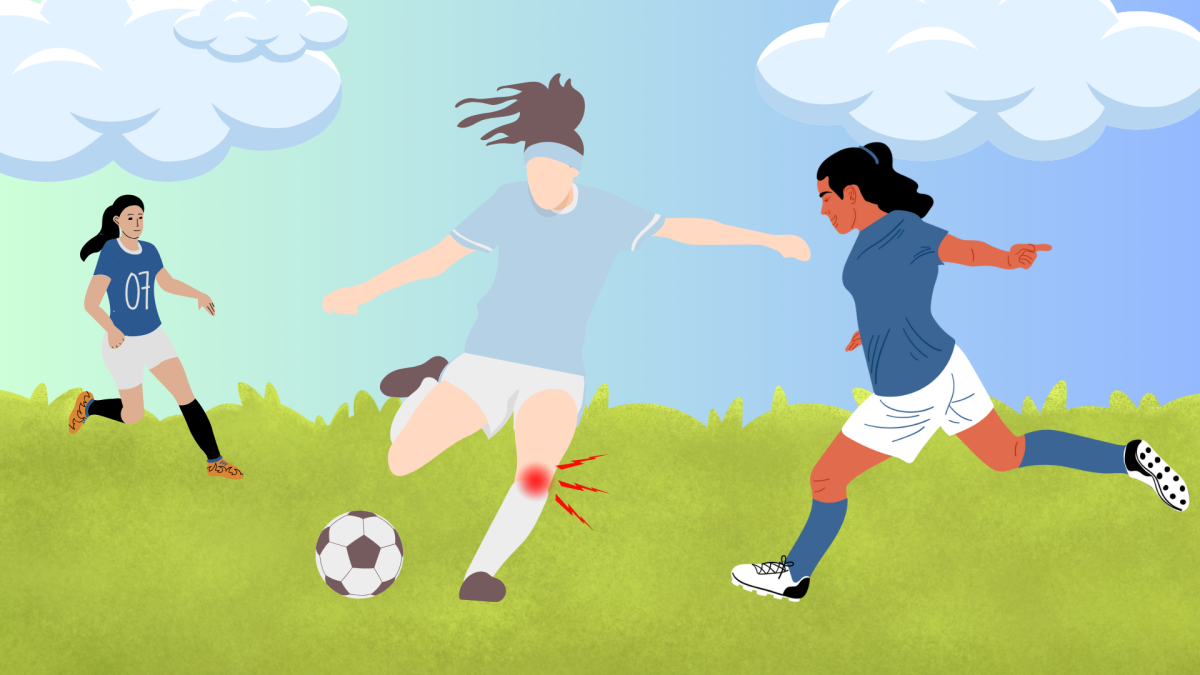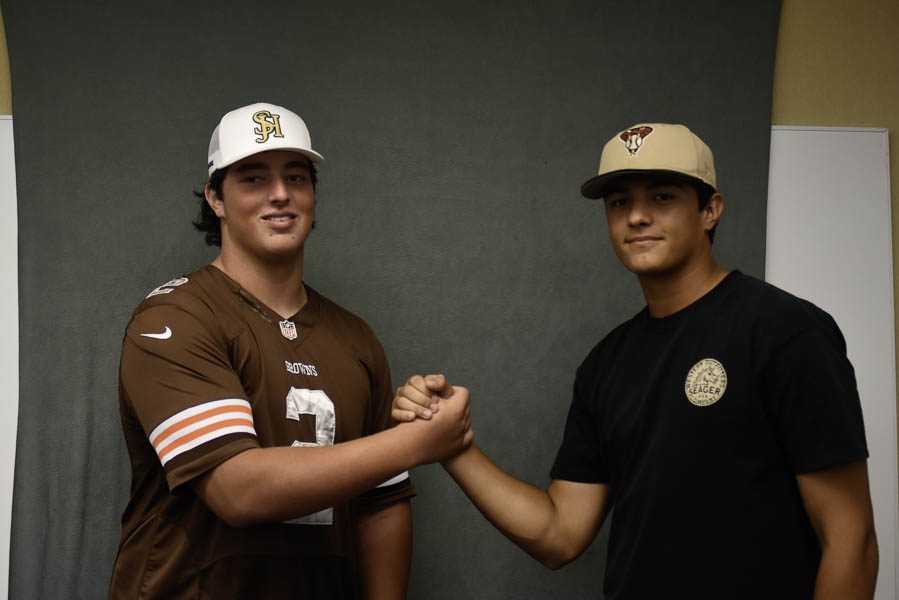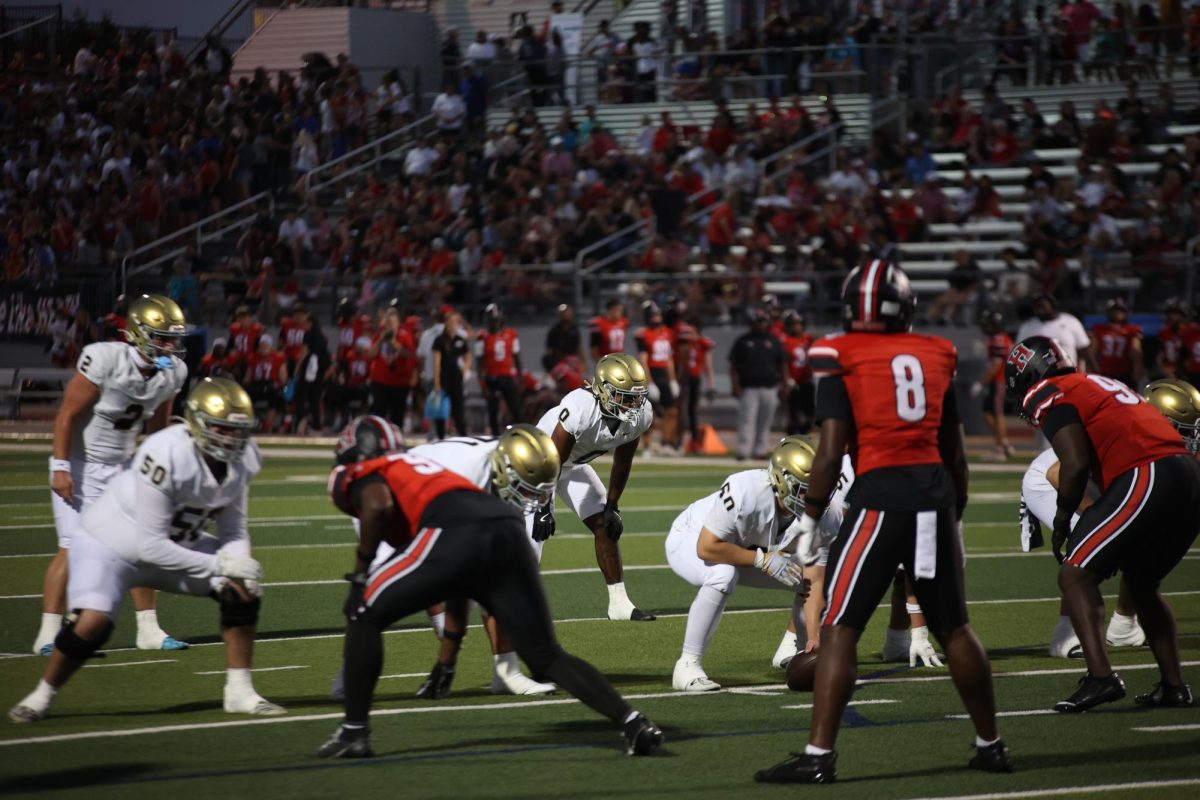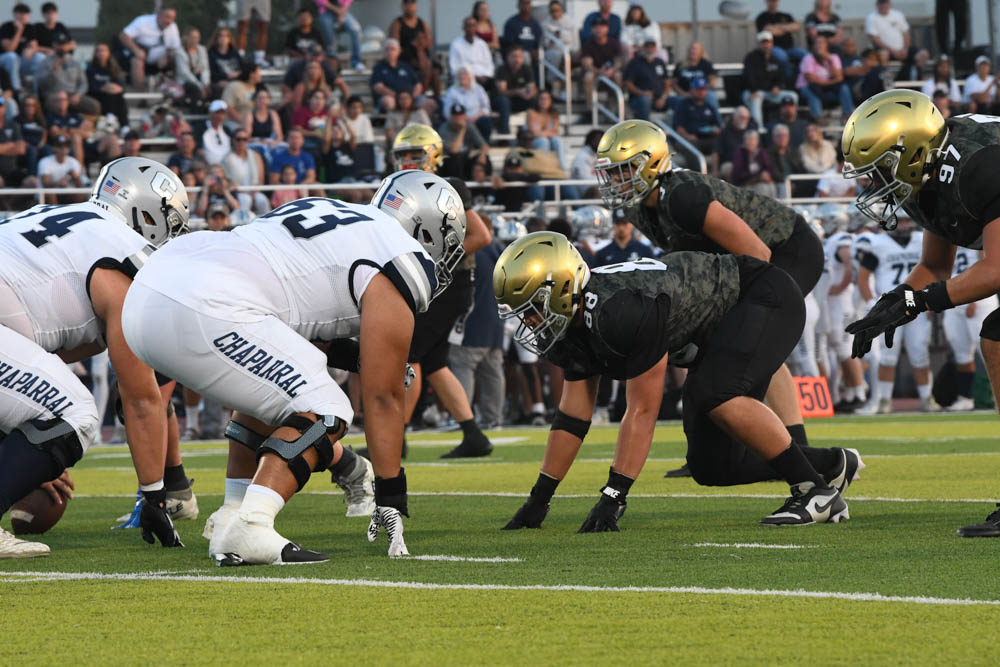According to the National Federation of State High School Associations (NFHS) more than eight million students competed in high school sports in the 2023-24 school year, exceeding an all time record of reaching over the eight million mark.
With the growing number of student athletes across the nation, the increasing amount of competition, dedication, and consistency embark upon these athletes today. This causes student athletes to not only focus on dedicating all of their sports time at school, but also commit to outside teams, clubs, or leagues where extra play time or practice is available.
Evidently students play on both high school and club teams within the same season or year. Many players feel as though their club team and their high school team differ from each other in various ways.
“I feel like club is a different environment then school in lots of different ways with coaching, players, and just the environment,” said lacrosse player Katelyn Johnson (11).
Not only do the environments of both high school and club teams clash, but the friendships and connections tend to overlap between players on both teams together. These connections and relationships may be positive and beneficial to most athletes, but many students can not help but feel more pressure and competition when sharing teams.
The fallouts of friendships within these sports are caused by various motives surrounding individual motivation, goals, bias of coaching, and the overwhelming increase of competition of both worlds.
It is especially stressful and intimidating for athletes on their high school teams to perform their best and separate themselves from their teammates and coaches.
“There were a couple times where I needed to step up because there was favoritism more in high school than club,” Said SJHHS volleyball player, Emma Owens (11).
Players feel defensive or emotionally hurt in friendships where the other teammate is at an advantage or treated differently. This leads to many friendships having fallouts or issues bleeding into their club environment.
“I can definitely sense a difference because a lot of people act differently, I feel like school can be biased, people like who they like, and at club everyone encourages each other,” said Johnson.
Playing on both teams increases a strife of competition between them. When playing on their club team, the majority of athletes are more at ease due to there being no pressure or major competition for a ‘spot’ on the team. However, when competing on their school team, a great number of players feel more competitive or intimidated by their own teammates since it minimizes the play time they’re used to.
“You have to see anyone, no matter if they are your teammate, as competition because you guys are going for the same position,” said baseball player Gavin Malone (11).
Though the majority of friendships involve encouragement and upliftment, when it comes to getting the spot you want in the sports world, many athletes shift their focus and priority upon that goal, ultimately ignoring their previous interest and priority on maintaining a friendship.
“Some people just do what they need for themselves, and never feel what they should do for the team when at school from club,” said Johnson.
Thinking for themselves while competing at school, athletes lose important relationships with their teammates and experience fallouts with their friends, soon just becoming an ordinary teammate.

